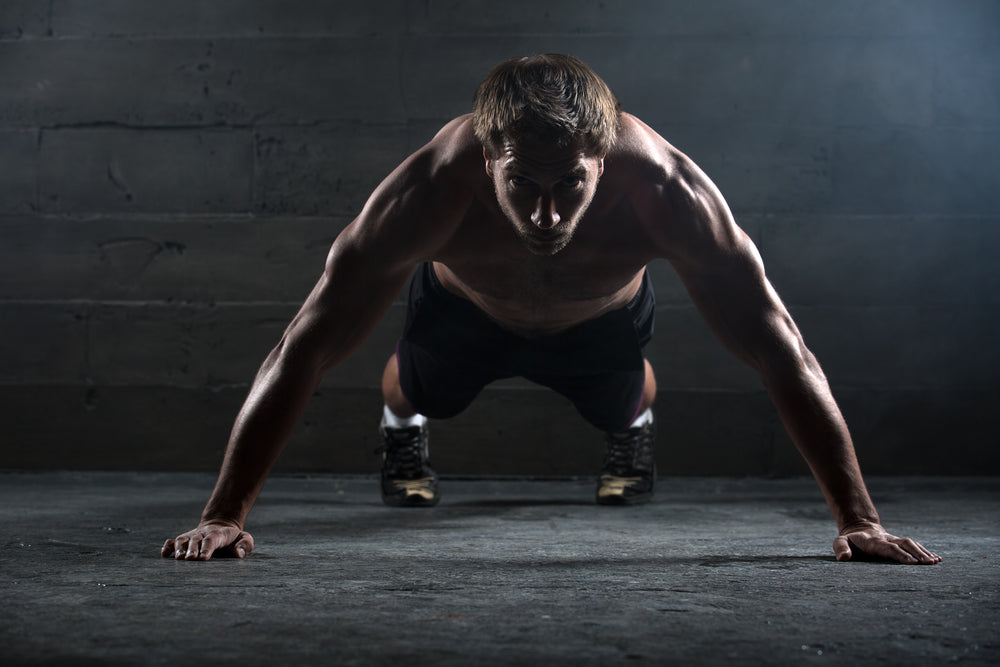$9.99 2-DAY AIR SHIPPING FOR ALL ORDERS OVER $20
CONTINENTAL USA ONLY - EXCLUDING BEVERAGES
ONLY
$0.01 AWAY FROM FREE SHIPPING!
ONLY
$0.01
AWAY FROM FREE SHIPPING!
ONLY
$0.01 AWAY FROM FREE SHIPPING!
ONLY
$0.01 AWAY FROM FREE SHIPPING!
ONLY
$0.01 AWAY FROM FREE SHIPPING!
$9.99 2-DAY AIR SHIPPING FOR ALL ORDERS OVER $20
CONTINENTAL USA ONLY - EXCLUDING BEVERAGES
$9.99 2-DAY AIR SHIPPING FOR ALL ORDERS OVER $20
CONTINENTAL USA ONLY - EXCLUDING BEVERAGES
ONLY
$0.01 AWAY FROM FREE SHIPPING!
ONLY
$0.01
AWAY FROM FREE SHIPPING!
ONLY
$0.01 AWAY FROM FREE SHIPPING!
ONLY
$0.01 AWAY FROM FREE SHIPPING!
ONLY
$0.01 AWAY FROM FREE SHIPPING!
$9.99 2-DAY AIR SHIPPING FOR ALL ORDERS OVER $20
CONTINENTAL USA ONLY - EXCLUDING BEVERAGES







